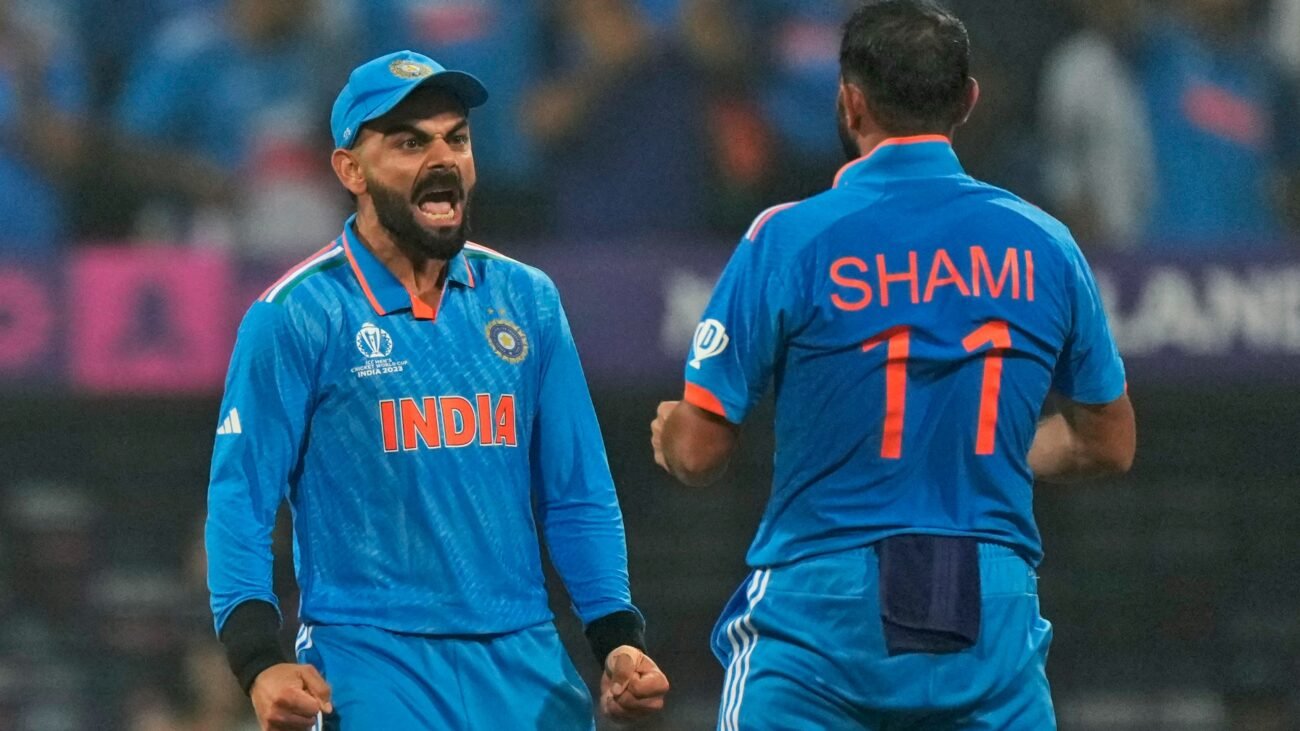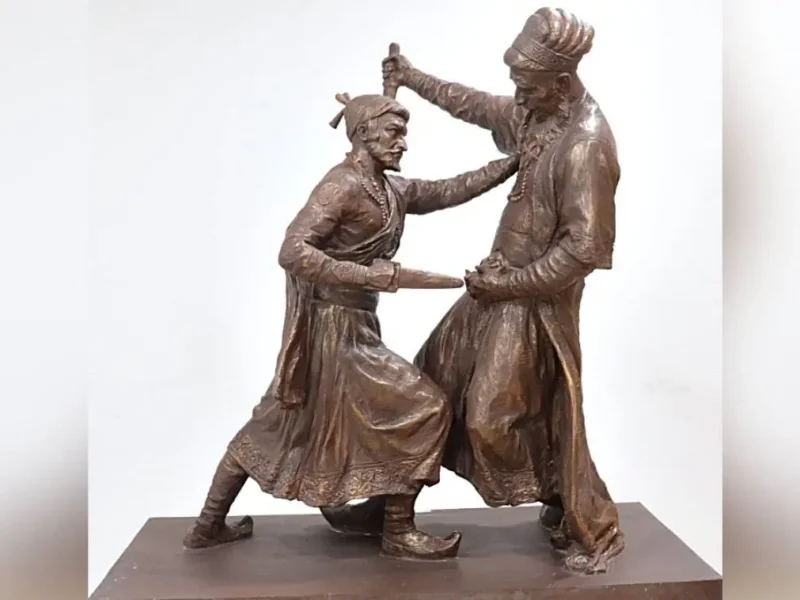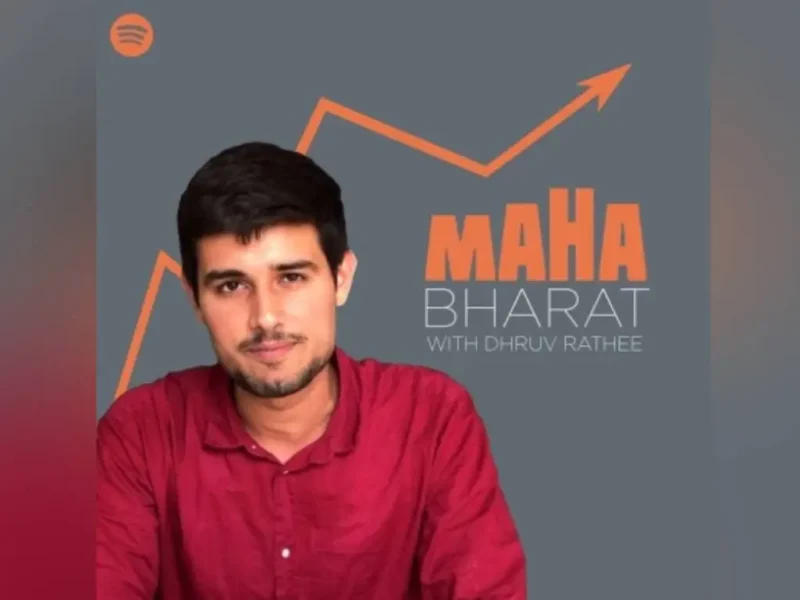
Magical Shami, Kohli, Iyer Lead India Into World Cup Finals
By Ashish Ray
MUMBAI (IANS) – The magic of Mohammed Shami, his unerring seam bowling, extricated India from a tricky situation on a batsman’s paradise of a pitch at the Wankhede Stadium here on November 15.
The speedster captured 7/57 to significantly help India beat New Zealand by 70 runs and enter the final of the ICC ODI World Cup.
Daryl Mitchell’s heroic 134 went in vain. He ultimately flicked Shami uppishly to midwicket. Mitchell and skipper Kane Williamson put up 181 runs for the 3rd wicket, before Shami had the latter caught at square leg for 69. This made amends for him dropping the same batsman at mid-on off Jasprit Bumrah. Shami followed that by immediately trapping Tom Latham for a duck.
He had earlier removed openers Devon Conway and Rachin Ravindra with deliveries that deviated away from the left-handers off the seam. It was skillful bowling on an unresponsive pitch.
After the fall of the fourth wicket, Glenn Phillips struck 41 off 33 balls until Bumrah, a bit below his best on this day, had him pouched at widish long-off.
Then, left-arm wrist spinner Kuldeep Yadav, who turned the odd ball a fair amount, got his reward when Mark Chapman slog swept him to deep square leg.
However, Ravindra Jadeja seemed to bowl too quickly for a slow left-arm spinner.
Earlier, Shreyas Iyer further repaid the faith reposed on him by the team management. Selected to bat at No. 4 in the tourney, he has grown in stature with every innings in the competition.
This time he blasted 105 off 70 balls, with eight sixes at a strike rate of 150, to star in a stellar showing by the Indian batters. On Indian wickets, Iyer has undoubtedly become a class act.
By comparison, veteran Virat Kohli’s ton looked like a leisurely display. He disclosed during the interval that he had been assigned to be a sheet anchor by the team’s think-tank.
“I’ve been given a role in this tournament and I’m trying to dig deep,” he remarked.
Yet, it was a history-making afternoon for Kohli, probably the greatest one-day international batsman of all time – and Sir Vivian Richards, the West Indian master-blaster of the ’70s and ’80s, was in the audience to witness it!
Kohli’s ton was his 50th, thus sailing past Sachin Tendulkar’s record of 49 ODI centuries. With the 80th run enroute his century, his tally of runs in the ongoing edition also surpassed Tendulkar’s aggregate of 673 in the 2003 World Cup. Tendulkar described him as a ‘Virat’ (massive) player on X.
Kohli and Iyer put on 163 runs. Between the fall of the 1st and 2nd wickets, 256 runs were realised – this included the talented Shubman Gill retiring hurt when he was batting on 79 from 66 balls, which included three sixes.
Gill was afflicted by cramps in the 35-degree centigrade afternoon temperature, coupled with seaside humidity. This vacated the stage for Iyer to produce his pulverising knock. Gill returned briefly to remain unbeaten with K.L. Rahul, who conjured a 20-ball 39.
The Indians finished on 397/4 from their allotted 50 overs, setting New Zealand a target of 398 to win.
No team had ever chased down that many in a World Cup match; and it wasn’t going to happen, regardless of the placidity of the pitch or the association between skipper Williamson and Mitchell. The Black Caps had, of course, almost chased down 390 against Australia in the league stage.
It was the second time that India were playing in a World Cup semifinal at the Wankhede Stadium. The first, in 1987, ended in grief for the home side, when England’s Graham Gooch swept the Indian spinners and consequently India out of that championship.
This time, notwithstanding New Zealand having been India’s nemesis at Manchester four years ago – not to mention the World Test Championship final in 2021 – Shami ensured it didn’t occur – to the delirious delight of the 33,000 predominantly partisan spectators occupying every inch of seating space in the arena.
Indeed, pin-drop silence greeted sixes by New Zealand batsmen as Williamson and Mitchell mounted a spirited challenge.
India captain Rohit Sharma, who kept his calm when India fielded, has been on suicide pilot mode as a batsman in this tournament and has consequently more than once thrown his wicket.
If such a hurricane approach is meant to take advantage of the first 10 overs of powerplay – when fielders cannot be that spread out – the purpose has been largely defeated, as it was on this occasion. He was out off the second ball of the 9th over. Admittedly, 84 runs emanated from the powerplay.
Sharma’s strike rate of 162.02 was staggering – and this wasn’t the first time he had achieved such heights in the current tournament. But wouldn’t a slightly less frenetic pace have fetched him more runs? Perhaps even a 147 instead of a 47?
In his aggressive frame of mind, he didn’t hold back against a slower ball from the seasoned Tim Southee and holed out to a tumbling catch by Williamson at long-off.
Kohli has returned to the pinnacle of his prowess in this World Cup. It is perhaps no coincidence that this happened under the technical expertise of coach Rahul Dravid.
In the summer, the Indians were staring at uncertainty. Bumrah’s workload was being managed with care. Iyer and Rahul were still recovering from injury. Just at the right time, everything has clicked into place.
The only call the management erred on was to prefer Shardul Thakur to Shami in the early engagements.
What if all-rounder Hardik Pandya not got injured? His replacement at No. 6 – Surya Kumar Yadav – has failed to fulfil his potential with the bat. But the entry of the Bengal pacer as a result has gripped the Indian nation.
The chants of ‘Shami, Shami’ were as vociferous at the Wankhede as ‘Kohli, Kohli’. It was a far cry from the bias of social media bigots a few years ago!




